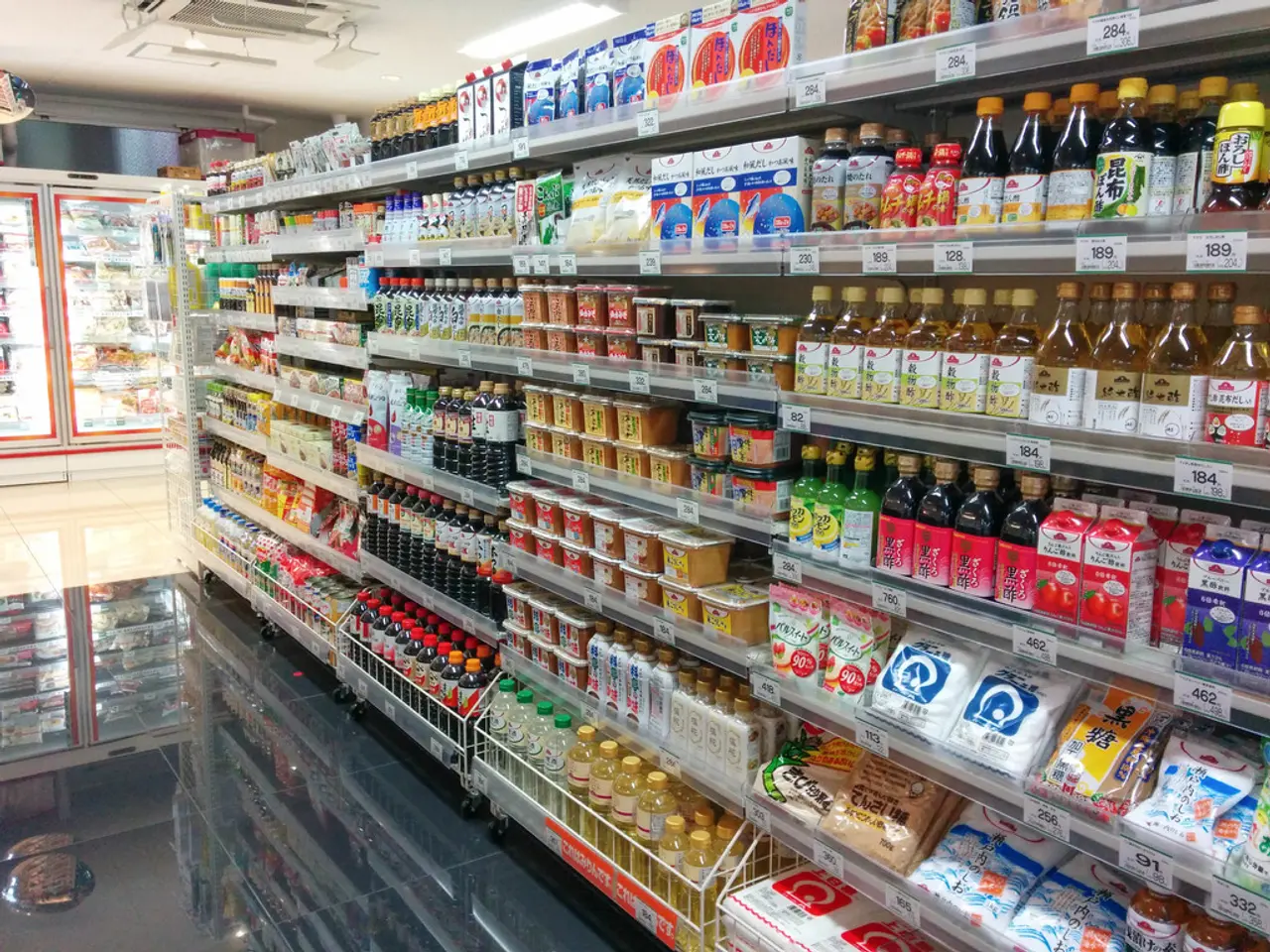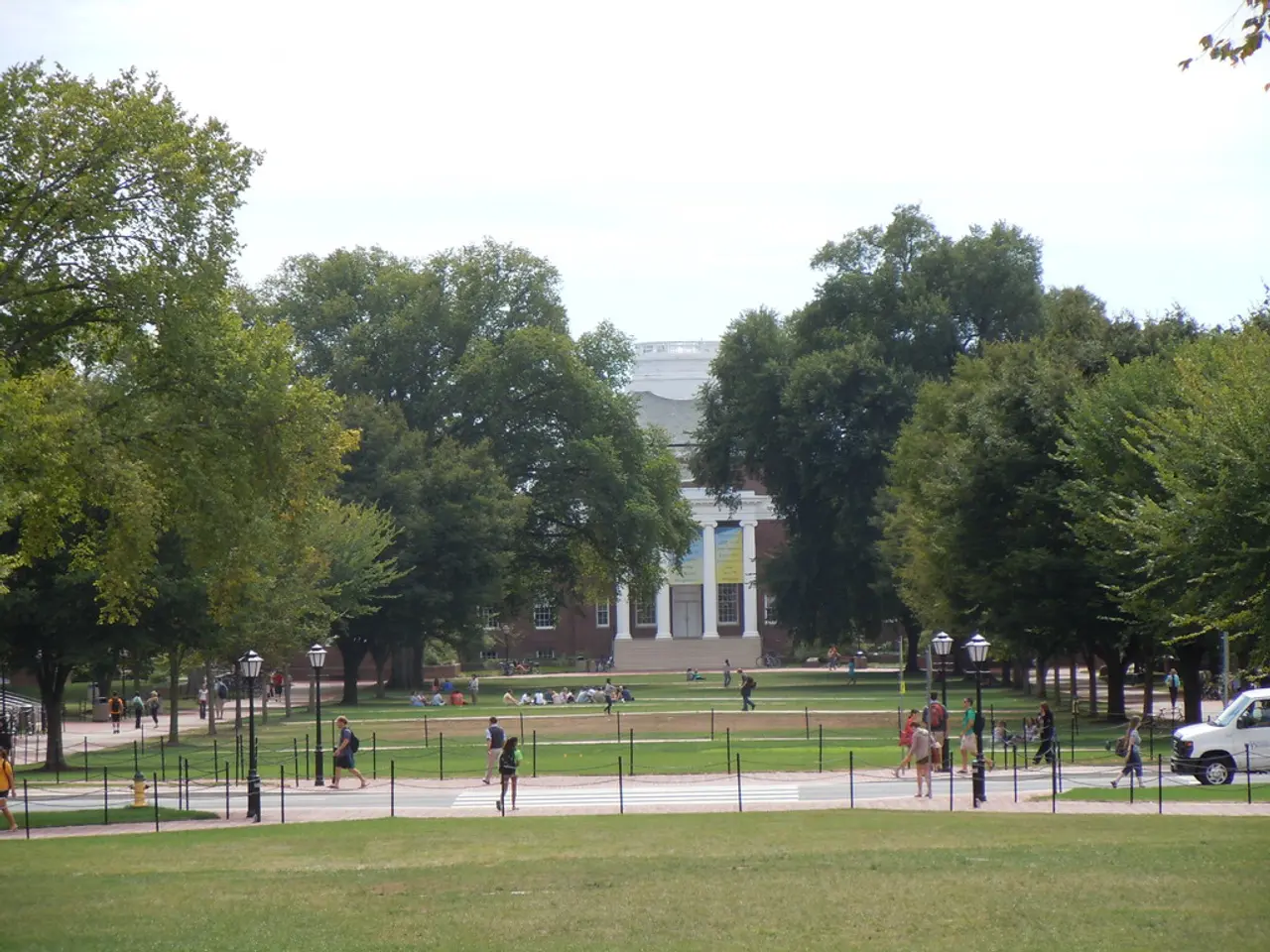Economy and consumer habits revealed through back-to-school shopping spending trends
2025 Back-to-School Shopping: Adapting to Inflation and Saving Money
The 2025 back-to-school shopping season is here, and while inflation remains a concern, its impact has lessened compared to previous years. According to the 2025 Back-to-School Survey, about 30% of shoppers say inflation is changing how they shop, down from 32% in 2024 and 41% at the peak in 2022.
Shoppers are adapting their strategies to save money. Approximately half (49%) of back-to-school shoppers are employing money-saving strategies this year. The most popular strategies include buying cheaper brands than usual (20%) and seeking more deals and coupons than in the past (also 20%).
One strategy involves combining discounts and using a rewards credit card for maximum savings. An example given is that a $100 worth of goods would cost $68 after combining four savings approaches, resulting in a 32% discount.
Retailers are also trying to support consumers. Dollar General, Target, and Walmart have held prices on popular school products, including $5 backpacks. Some categories have become cheaper, such as computers and peripherals (down 3.5%) and girls’ apparel (down 1.3%), according to the latest Consumer Price Index.
Shopping earlier has become more common, with a record two-thirds of back-to-school shoppers beginning purchases by early July. Consumers are also turning more to discount stores to manage concerns about potential price increases driven by tariffs and inflation.
Despite inflation concerns, overall expected spending per student is predicted to be slightly lower or flat compared to last year ($570 per K-12 student, down $16 from 2024). The National Retail Federation predicts that the average back-to-school shopper will spend $858 this season, a slight decrease from last year’s record $875.
Involving children in back-to-school shopping can provide opportunities for age-appropriate lessons in being a savvier shopper. Comparison shopping and making trade-offs can be emphasized during this process. Shopping during a sales tax-free weekend or holiday can also result in savings.
Using a local "buy nothing" group on Facebook or thrift shops and online marketplaces for swapping goods can be a cost-effective and environmentally friendly option. Asking teachers about what's really needed on day one versus what can wait until later in the school year can help smooth out cash flow.
The average kindergarten through 12th grade back-to-school shopper's spending includes school supplies, clothing, shoes, and electronics. Consumer sentiment has improved a bit over the past few months, but remains gloomy, according to the University of Michigan's Index of Consumer Sentiment.
In conclusion, while inflation remains a consideration, its impact on back-to-school shopping in 2025 has lessened compared to prior years, with shoppers adapting their strategies and some retailers mitigating price hikes to support consumers.
In the 2025 back-to-school shopping season, finance-savvy consumers are employing self-development strategies, such as comparison shopping, seeking deals and coupons, and using rewards credit cards, to save money on education-and-self-development expenses like school supplies, clothing, and electronics. Many shoppers are turning to discount stores and online marketplaces to manage concerns about potential price increases driven by tariffs and inflation.




